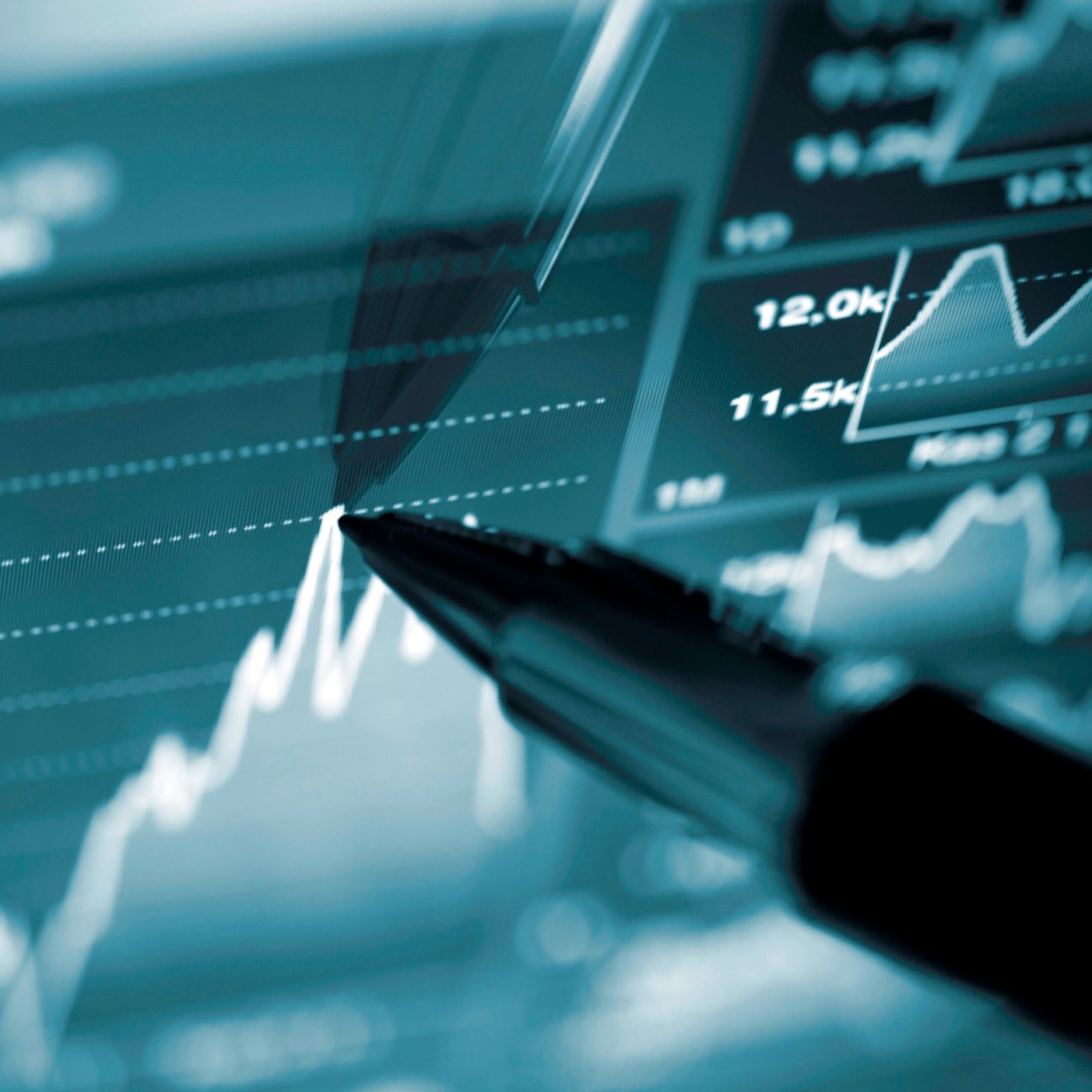Investing
Where and When Is Market Bottom? Reasoning It Out Through the Noise

Published:
Last Updated:

One week into 2016 and already we’ve reached that big number that frays nerves all over Wall Street. The Dow Jones Industrial Average is down over 1,000 points in a week. It’s times like these when traders, from retail investors to commercial banks, start looking over their shoulders to hear what other people say is going to happen next.
In the spirit of expert-gauging, we’ll do a quick survey of what some of the more familiar names are saying about this sudden fall and why, followed by an independent projection.
First is Dennis Gartman, always busy putting out number targets for stocks and commodities on an almost daily basis. Gartman is of the opinion that stocks could fall another 10% to 15% from here, with a timeframe of six to seven months. His reasoning, as quoted by CNBC, is that after Friday, “the propensity of people to step up and buy has reduced, and the propensity to step up and sell has increased.”
Such reasoning may be a bit circular, but that’s what he thinks.
Soros’s old partner, Jim Rogers, is actively shorting U.S. stocks and also shouting the impending doom alarm, saying that 2016 may be the year that the Western world pays for its excesses of the past seven years. Rogers remains long China, pointing out that the U.S. stock market actually performed worse than the Shanghai Composite did in 2015, despite common perceptions otherwise.
Permabear Marc Faber of the Gloom Boom and Doom Report is being a little more precise in his bearish predictions, saying that the S&P 500 could go as far down as its 2011 low at just below 1,100. That is his medium bearish scenario. His most bearish puts the S&P at 2009 lows around 666.
Jim Cramer of Mad Money, on the other hand, seems to be one of the few not calling for panic. Cramer does not see the current decline as reflective of 2008, but is warning of a Nasdaq-bubble type crash in China. To his credit, Cramer did sound a big alarm in 2007 and doesn’t see the same sort of crisis now.
So given all the racket, what is going to happen? There are two main things to note about the current market environment from a fundamental standpoint. First, just before the 2008 collapse in late September, credit was extremely tight. Money supply was entirely stagnant for an entire quarter leading up to September 8, according to Federal Reserve reports. This time, credit is ample and continues to rise, the money supply has been expanding strongly since late August. This puts a 2008 style crash off the table, barring some freak political event like a Middle East war. While stocks can still decline in the face of expanding credit, the decline is usually short term and quickly reversed.
Second, last Thursday the Fed also released a new Aggregate Reserves Report of U.S. banks that shows data up to January 6. According to the report, total reserves in the U.S. banking system have suddenly decreased by $256 billion in the past two weeks. These are not to be confused with available credit, because reserves lay outside the economy, whereas credit is the actual money supply. Those reserves are all excess reserves, as required reserves actually rose. The drop constitutes an 11% fall in two weeks, an unprecedented rate.
Even if the Fed drained reserves somehow, credit is still very loose and getting looser, interest rate hikes notwithstanding. Given the current credit environment and the possibility that it was just injected with another $256 billion, there is little chance that the current decline in stocks can continue much longer. An emotional rush to the exits could still bring the S&P down to the August 24 low around 1,867, and the Dow to 15,370 sometime this week. If it doesn’t happen early though, then the bottom is probably already in, and we should see a quick rebound when all the new money created since August decides to land somewhere.
As for Jim Rogers, George Soros and Mark Faber, their doom predictions will come true only when credit stops expanding, which generally happens around summertime.
If you want your portfolio to pay you cash like clockwork, it’s time to stop blindly following conventional wisdom like relying on Dividend Aristocrats. There’s a better option, and we want to show you. We’re offering a brand-new report on 2 stocks we believe offer the rare combination of a high dividend yield and significant stock appreciation upside. If you’re tired of feeling one step behind in this market, this free report is a must-read for you.
Click here to download your FREE copy of “2 Dividend Legends to Hold Forever” and start improving your portfolio today.
Thank you for reading! Have some feedback for us?
Contact the 24/7 Wall St. editorial team.